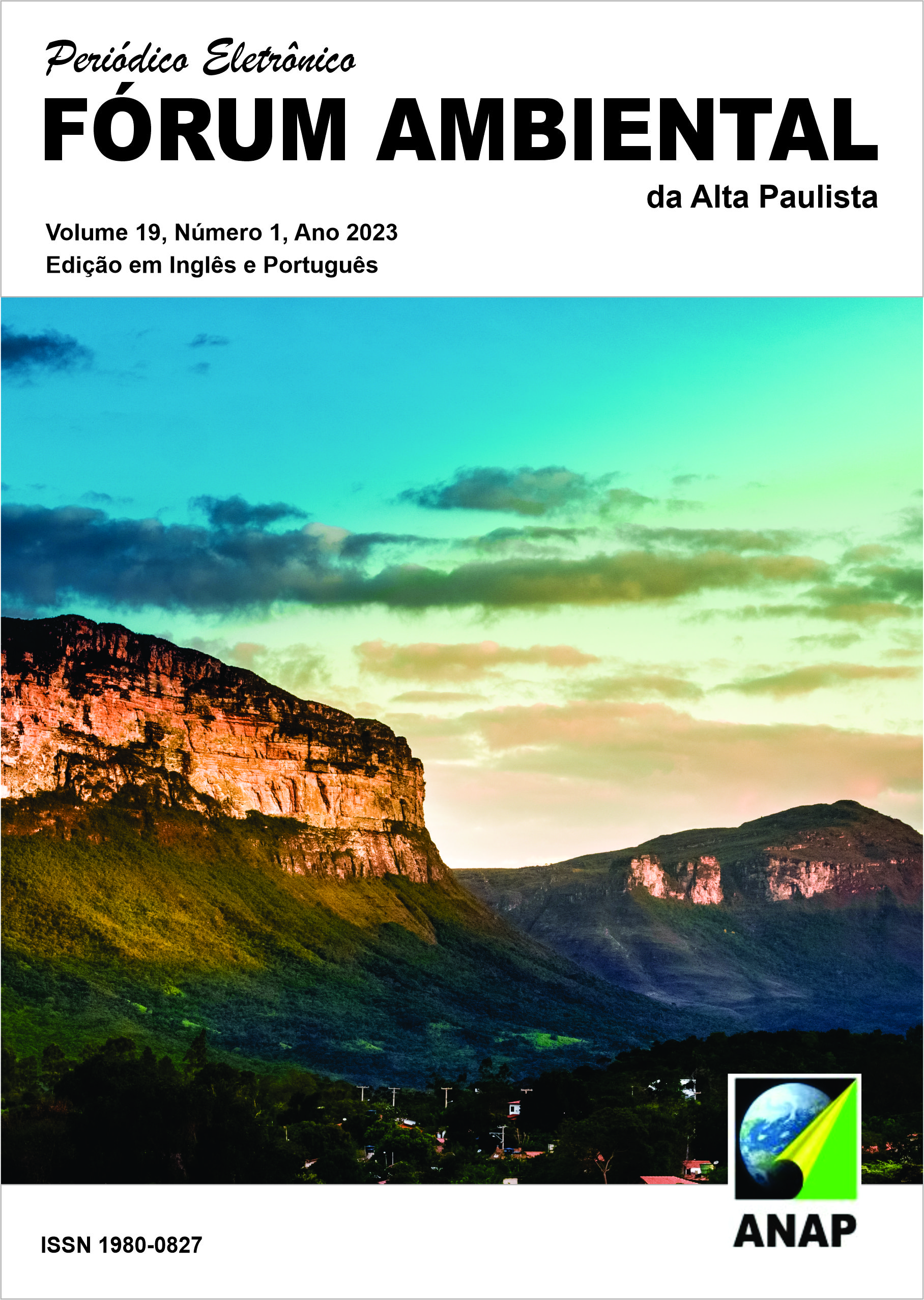Water footprint: a study on crepe adhesive tape
DOI:
https://doi.org/10.17271/1980082719120233521Palavras-chave:
Sustainability. Sustainable development. Water footprint. Water scarcity. Crepe tape.Resumo
Given the global water scarcity, the term "water footprint" emerged, which takes into account both its direct use by a producer or consumer and its indirect use. There was also a scarcity of research on this theme. The study aimed to identify the water footprint in the industrial production of crepe adhesive tape in a chemical company and analyze the environmental implications of this calculation for the production process of the segment. The methodology used in the study is classified as applied, quantitative, exploratory and explanatory. The study concludes that the water footprint of the supplies is superior to the water footprint of the production process, that is, the water footprint of the supply chain (0.34 liters/roll) is greater than the water footprint of the internal processes (0.07 liters/roll). Internally, the highest water consumption is due to industrial activities (boilers and other equipment), followed by human consumption, losses and evaporation. Although the water footprint of the process is not significant, it should not be ignored. It guides the reuse of evaporated water in the industrial process and whenever possible eliminate the use of water when developing new products.
Downloads
Referências
Publicado
Edição
Seção
Licença

Este trabalho está licenciado sob uma licença Creative Commons Attribution-NonCommercial-ShareAlike 4.0 International License.













